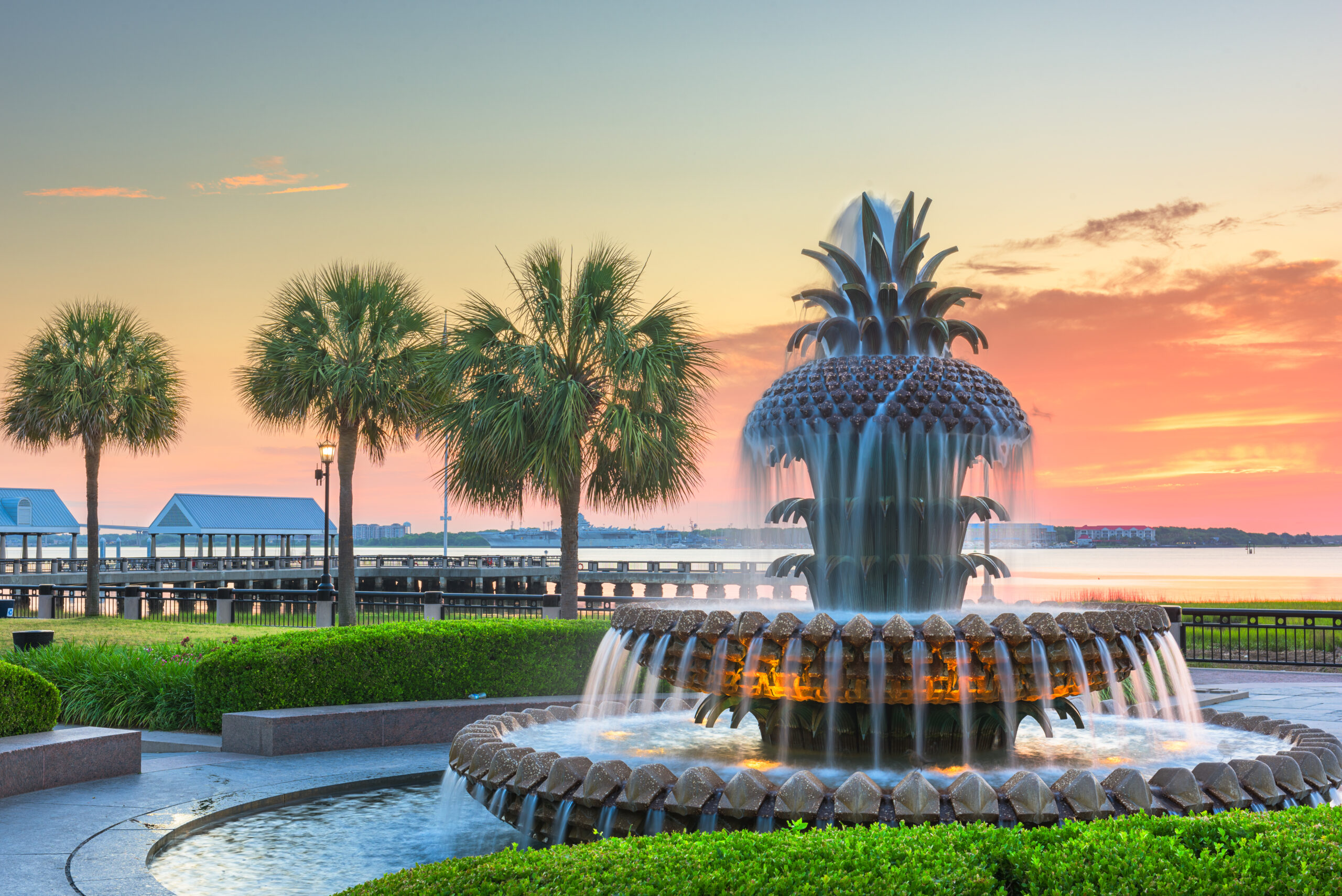Charleston is pastel on the outside and powerhouse on the inside. Church bells, sea breeze, secret lanes. With Action Tour Guide’s Charleston tour, your phone becomes a quiet guide that cues stories at the exact brick you are standing on. GPS handles the turns, the audio plays offline, and you get to wander without rushing. […]
America’s rich history and vibrant modernity coalesce uniquely in its living museums. These places are not just about observing; they’re about experiencing. They bridge the gap between the past and present, making history accessible and engaging. Among the treasure trove of these interactive experiences, certain destinations stand out, especially when explored through self-guided tours, offering […]
The United States' first president never permanently lived in Williamsburg, but he did visit! After becoming a member of the House of Burgesses, Washington started to frequently visit the city. Taking Colonial Williamsburg tours is an easy way to get acquainted with Washington's Williamsburg.
No matter when you choose to go, Colonial Williamsburg tours like this one will help guide you to the best attractions so you can make the most of your time there. Most of the historical sites are only open from 9 to 5, but the historic city also hosts evening programs like concerts.
Take a look at a map of Boston, and you'll see what I mean. Unlike Peter Parker's native New York City, arranged on an orderly grid, Boston is a jumble of non-parallel streets. It seems pretty random, but actually, this hodgepodge is a testament to Boston's history.
The Freedom Trail is a “highlights reel” of Boston historical markers, museums, churches, and a ship informing visitors about Boston’s Revolutionary History. This interactive trail is marked by red bricks or a painted sidewalk that winds through the city streets of Boston.
If all you do is drive this circuit, it will take you about two hours to see the whole battlefield, but I’d recommend setting aside at least twice that amount of time if you really want to experience the battlefield, or an entire day if you’re a real history buff!
The Battle of Gettysburg was a brutal affair. Three days of no-holds-barred violence between Union and Confederate forces left the field strewn with thousands of dead and dying men. In total, around 3,500 Union soldiers were killed, as were roughly 3,900 Confederate soldiers.
The Salem Witch Trials ended just 15 months after they began, in May 1693. 25 people had already died, and there were over 150 so-called "witches" still waiting in jail for their turn in court.
When it came time for the United States to form its justice system, the founding fathers were inspired by the failure of Salem–– to ensure a tragedy like that will never happen again.












